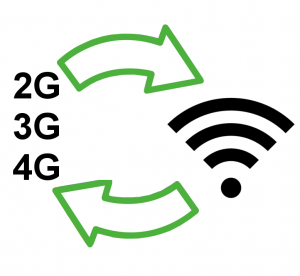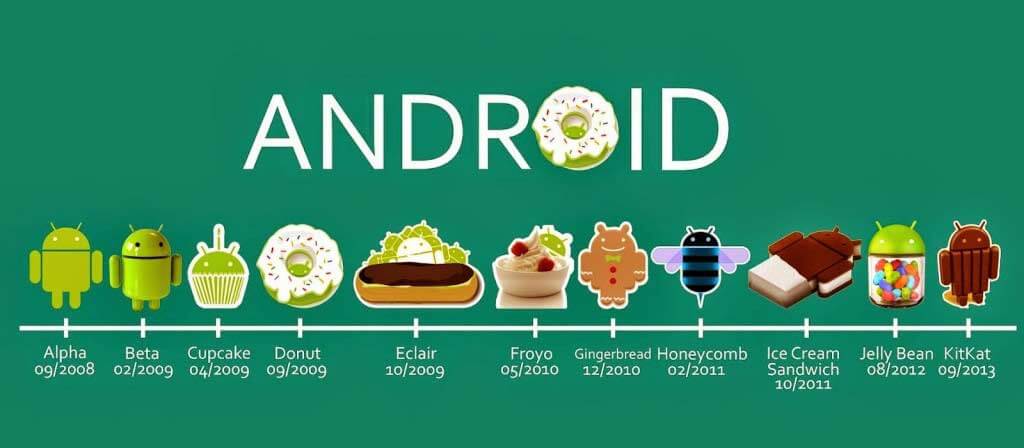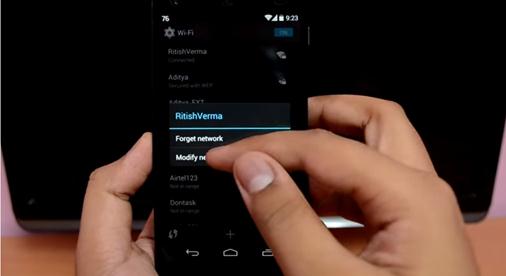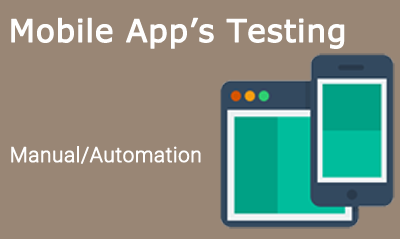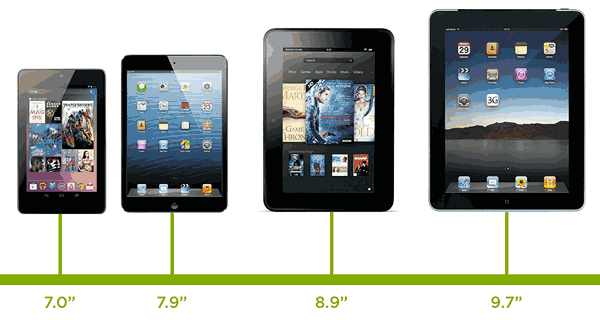Updated June 7, 2023
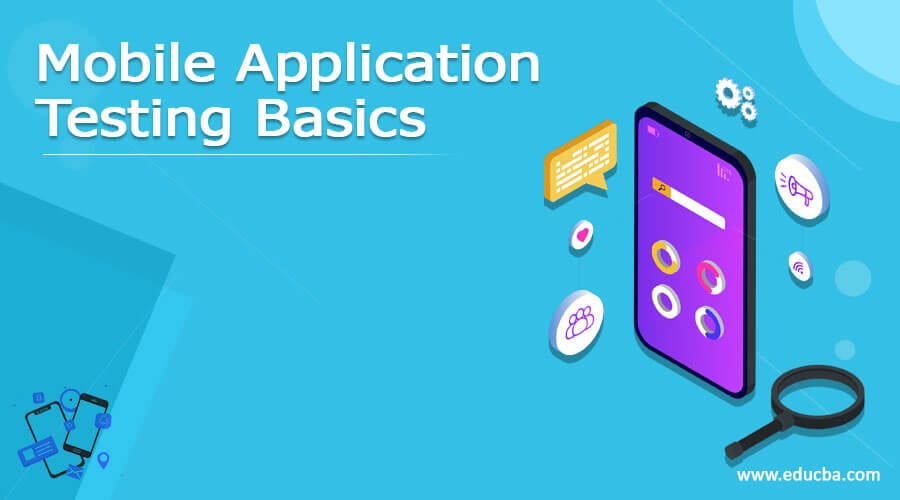
Introduction to Mobile Application Testing Basics
Smartphones and mobile applications are rapidly growing and have become an essential part of our day-to-day life. The new generation prefers mobile applications for various small or big tasks. Mobile application testing basics have changed the whole aspect of our life. With the modernization of mobile application testing basics, every person has very high expectations from these apps, and even a small error or mistake is unacceptable. Thousands of new apps are created every day. The technical team faces various challenges while testing the accuracy of mobile applications.
Let us shed some light on these technical challenges in detail. Here we go:
Mobile Application Testing Basics & Challenges
Following are the mobile application testing basics & challenges:
Network connectivity
There are several standards for mobile data applications like 2G, 3G, 4G, 5G, or Wi-Fi. Different mobile applications require a specific bandwidth to perform the task adequately. As the consumer moves from one place to another, their network connectivity changes, and the network variations affect application performance. Sometimes, while using any mobile application features, maybe there is no connection on the device. Hence, it is necessary to test the performance of the application while less connectivity with network connections.
Operating system version
There are different types of operating systems available in the market. Every operating system has its way of working and other limitations. Testers face a significant challenge in testing each application on various devices with different operating systems.
Device fragmentation is the most complex part of mobile app testing. Os versions are quickly upgraded to the latest versions. The mobile application testing basics must have been developed to keep up the gradation of OS in their mind so that the mobile app can provide a fluent experience to the user with various OS platforms.
Different types of mobile application testing basics
There are mainly three types of mobile apps: web apps, native apps, and hybrid apps. The functionality and implementation technique of every app is different from each other. Testing app performance from installation to functionality for every different type of app is a highly complicated process.
Application usage
In mobile application testing basics, paying attention to all the key areas of the app’s functions is very important. Usually, the mobile screen is small, and the applications require displaying a lot of information simultaneously. It is very typical to display every function on the screen with a clear resolution. Font sizes and click areas need extra attention for the smooth working of the application. The click areas must have the proper size, and all the text must be easily readable. Testing the app with all these challenging usability factors is not easy.
Function testing
Applications must test the proper working mechanism for the various functions and user requirements. The user interface drives multiple tests to check the appropriate functioning of the applications on different devices.
Diversity in devices mechanism
Mobile devices are different from each other based on screen sizes, hardware systems, and input methods. Many handsets, tabs, smartphones, and iPads are available. Mobile apps have to face the huge diversity of the technical environment. All the handsets and devices have their own working mechanism. Testers have to check the performance and adaptability of the mobile application features with all the compatible devices. It is unnecessary if an application successfully working on a handset also performs well on the other device. The quality tester can never give 100% assurance for the compatibility of the mobile app with all devices.
Uses of various testing tools
A wide variety of mobile test tools are available in the market. Different tools are used to test the different types of applications for native and hybrid applications testers have to use other tools. Mainly two types of automated tools are used for application testing image-based and object-based. In the image basis method, application tests are based on screen coordination. In this method, a written test script is necessary for each variation in the device screen size. In object-based tools, users map the elements of the screen onto objects for manipulation. So selecting and implementing the perfect automation tool according to mobile automaton needs is complicated.
The discrepancy in device screen dimensions
Every device has different display dimensions and pixel densities. Mobile application testing basics required adapting the design of the device screen. Other aspect ratios and a variety of pixel density is an unavoidable difficulties. The app must have equal accessibility to all the screen elements. For this purpose, the app requires testing on various devices having different screen displays.
Universal usage
As the demand and popularity of mobile apps increase, testing them for universal use is necessary. Today, most popular mobile apps are designed according to their use in international markets. Every region follows its own language and writing pattern; some languages are written from right to left, while others are written from left to right. So it isn’t easy to develop the app according to all languages and writing patterns. Tester has to pay extra attention to the functions like area setting, time zone, language setting, and other key factors to make the app compatible for usage on the international level.
Variation in battery capacity of the device
Every mobile app requires different battery strength for proper working. Some apps consume the full strength of the battery, and others require low strength. Power consumption is an essential aspect of mobile application testing basics. No one wants to use such applications that consume high power battery consumption. Whether these apps are efficient or not, they can never become popular among users. Battery consumption always becomes a barrier in front of the app’s usability. Testing various apps is significantly complex, requiring testing them for different kinds of interruptions.
Recommended Articles
This has been a guide to Mobile Application Testing Basics. Here we have discussed the basic overview with mobile application testing basics & challenges in detail. You may also have a look at the following courses to learn more –
